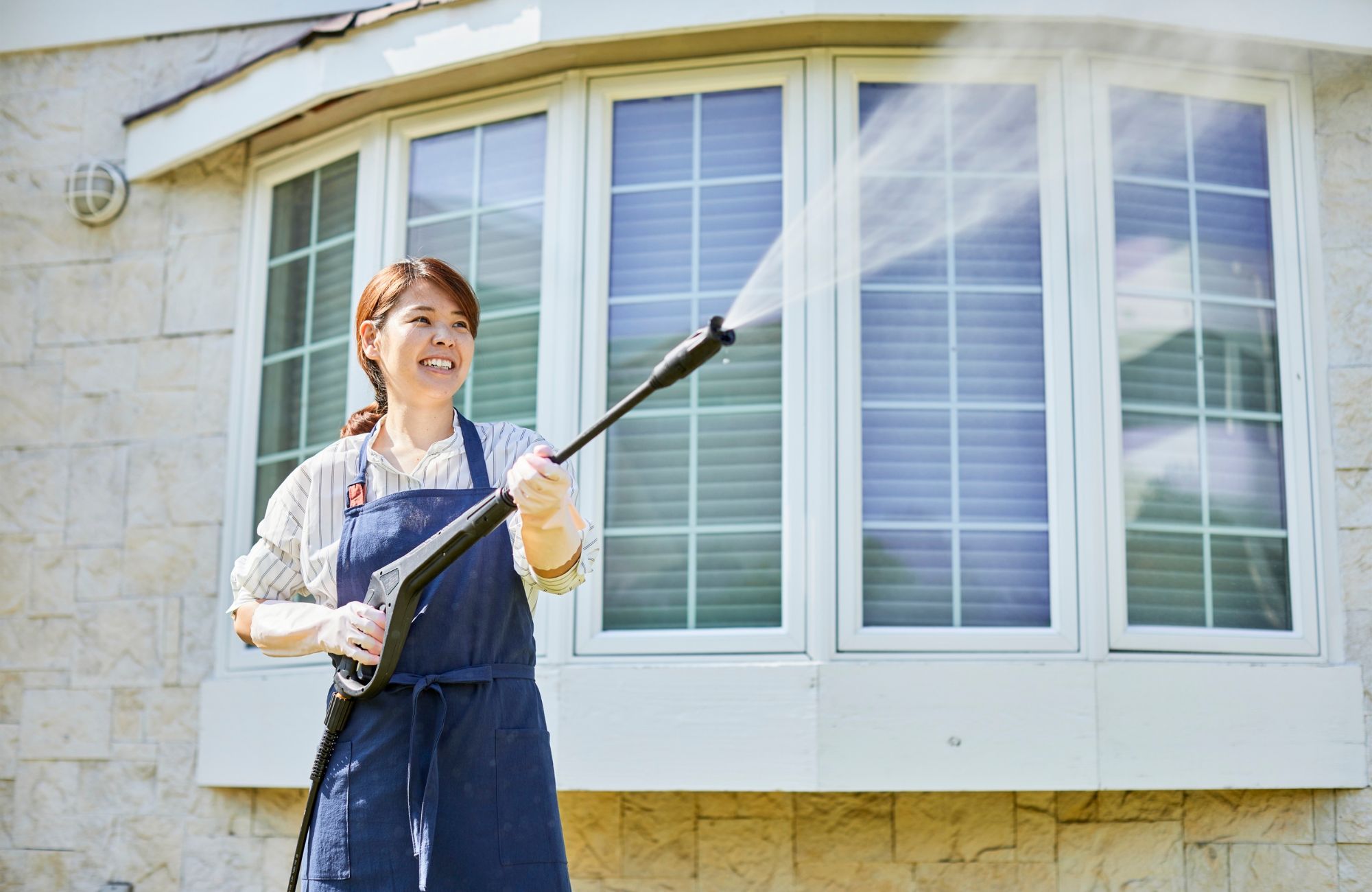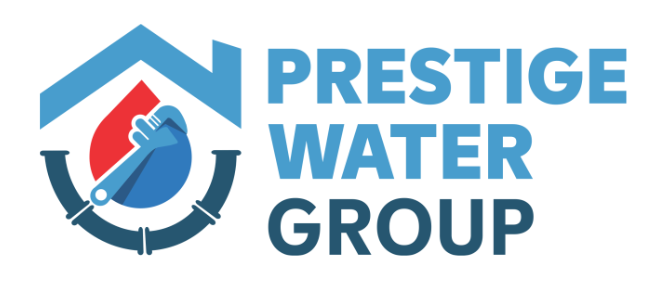
If you’re struggling to rinse shampoo out of your hair or fill a pot of water in a reasonable time, low water pressure could be the culprit. It’s a frustrating issue many New Jersey homeowners face, often without a clear cause. A sudden drop in water pressure can be a sign of underlying plumbing issues that need to be addressed promptly. But understanding what causes low water pressure is the first step toward restoring consistent flow and avoiding long-term plumbing damage. In this guide, we’ll explore the most common culprits behind low water pressure, how to test it, and practical solutions you can implement today.
Introduction to Low Water Pressure
Low water pressure is a common issue that many homeowners face, and it can be caused by a variety of factors, including faulty plumbing fixtures, clogged pipes, and malfunctioning pressure regulators. In this section, we will explore the different causes of low water pressure and provide tips on how to fix low water pressure issues.
Understanding Typical Water Pressure in Homes
Water pressure is the force that moves water through your pipes, fixtures, and appliances. It’s typically measured in pounds per square inch (psi). Most homes in New Jersey have water pressure between 45 and 80 psi, with 60 psi being ideal for most fixtures.
When water pressure drops below 40 psi, you may notice weak flow in your shower, slow-filling toilets, or reduced pressure in kitchen and bathroom sinks. Anything under 30 psi is considered low and warrants further investigation.
If you’re on a municipal water supply, your provider maintains baseline pressure. However, internal plumbing issues or demand fluctuations can cause noticeable drops in the pressure in your house, impacting daily activities like showering and cleaning.
Common Causes of Low Water Pressure
Multiple factors can contribute to low water pressure. Some are isolated to individual fixtures, while others affect your entire home. Here are the most frequent causes:
Low water pressure can also be a symptom of other plumbing issues that may require professional attention.
1. Clogged Pipes or Fixtures
Over time, mineral buildup from hard water can block water flow through pipes or clog faucet aerators and showerheads. Even a small clog can significantly restrict water flow and reduce pressure. This buildup reduces the pipe’s internal diameter, leading to lower pressure.
2. Corroded or Old Pipes
Homes with older galvanized steel pipes or old copper pipes may experience rust, corrosion, or pinhole leaks. This degradation narrows water pathways and reduces pressure at various fixtures.
3. Partially Closed Valves
If your main valve, main house shutoff valve, or water meter valve isn’t fully open, you’ll experience reduced water pressure. These valves control flow to the entire house and should always be fully open unless there’s an emergency.
4. Pressure Regulator Issues
Some homes have a pressure regulator (also called a pressure-reducing valve) installed on the main line. A failing pressure regulator can cause either extremely low or dangerously high water pressure.
5. Plumbing Leaks
Even a small leaky pipe or water leak can lower pressure in part or all of your plumbing system. In cases where there’s more than one leak, pressure loss becomes more severe and noticeable.
6. Municipal Water Supply Issues
Sometimes, the issue lies outside your home. If the municipal water supplier is conducting maintenance or facing high demand, your neighborhood may temporarily experience lower pressure. Residents may need to contact their water company to check if recent work or maintenance is affecting their water pressure.
7. High Demand or Simultaneous Use
Running a dishwasher, washing machine, and multiple showers at once can result in less pressure, especially in older homes with narrower branch lines or outdated systems.
8. Faulty Plumbing Fixtures
Faulty plumbing fixtures are a common cause of low water pressure. Issues like clogged aerators, worn-out cartridges, or leaky faucets can block water flow and reduce pressure. Cleaning or replacing the fixture, such as removing mineral buildup from an aerator, can often restore proper flow. If the problem persists, replacement may be necessary. Regular fixture maintenance helps prevent these issues.
Low water pressure can also result from clogged or corroded pipes and faulty pressure regulators. To diagnose the issue, use a pressure gauge (ideal range: 40–80 psi) or look for signs like slow flow or reduced volume.
Start by checking that your main shutoff and water meter valves are fully open. If you’re on a well system, inspect the pressure tank and gauge. Cleaning fixtures may help, but if you suspect a leak or burst pipe, call a licensed plumber immediately.
While low water pressure is frustrating, most problems can be resolved with basic maintenance or professional help, leading to better water flow throughout your home.
How to Test for Low Water Pressure
If you suspect low pressure, you can run a quick test using a pressure gauge, available at most hardware stores. Here’s how:
- Purchase a pressure gauge from a hardware store and attach it to a hose spigot (usually outside).
- Ensure no water is being used in the house.
- Turn on the tap and record the psi.
If it’s below 45 psi, you likely have a pressure issue worth investigating. Compare readings at different times of day to detect fluctuations caused by demand or system inconsistencies.
DIY Solutions to Fix Low Water Pressure
Not all pressure problems require professional repairs. Following specific troubleshooting steps can help identify and resolve low water pressure issues. Here are some DIY steps you can try first:
Start with the fixtures. Remove faucet aerators and showerheads, then soak them in vinegar to break down mineral deposits. Use a brush or toothpick to remove buildup from small openings.
Then, check all visible shutoff valves near sinks and toilets. Make sure each is fully open.
Also, consider installing low-flow plumbing fixtures that maintain pressure while reducing water usage. Some are specifically designed to boost performance in homes with low pressure.
If you’ve recently installed a water softener, confirm that it’s functioning correctly. Faulty systems can restrict flow or cause pressure drops.
For homes with well systems, check the pressure tank and pump settings to ensure they meet your water usage needs.
When to Call a Professional Plumber
While many pressure problems can be addressed at home, some situations require expert help. Contact a licensed plumber if you notice any of the following:
- Water pressure is low across multiple fixtures.
- Your home has older galvanized pipes.
- You suspect a leak inside the walls or underground.
- Your pressure regulator may be failing.
- The issue started suddenly and hasn’t improved.
A professional plumber can inspect your plumbing system, identify the source of the issue, and recommend a solution, whether it’s replacing pipes, adjusting the pressure regulator, or upgrading old plumbing lines. Professional plumbing services are crucial in effectively resolving low water pressure issues and preventing further damage to your home.
Long-Term Solutions to Increase Water Pressure
If your home regularly experiences low pressure, even after troubleshooting, long-term upgrades may be needed. Here are a few strategies:
Pressure regulators play a crucial role in plumbing systems in maintaining consistent water pressure.
Install a Booster Pump
A booster pump increases water pressure from the main line, especially helpful in multi-story homes or areas with naturally low pressure. These systems are ideal for households experiencing consistent pressure issues.
Ensuring the main water line is properly connected to the booster pump is crucial to maintain optimal water pressure.
Repipe the Home
Upgrading from galvanized steel or corroded copper pipes, which can build up corrosion and sediment over time, to PEX or brass pipes can significantly improve flow and pressure.
Upgrade Plumbing Fixtures
Modern plumbing fixtures are designed to maintain a strong flow while conserving water. Choose models rated for performance in low-pressure environments.
Additionally, maintaining water heaters by regularly flushing them to prevent sediment buildup is crucial for prolonging their life and ensuring optimal water pressure.
Replace the Pressure Regulator
If your pressure-reducing valve is outdated or you have a failing pressure regulator, replacing it with a new, adjustable regulator can improve whole-house water flow.
Local Water Pressure Challenges in New Jersey
In areas like Hawthorne, South Jersey, and older neighborhoods throughout Northern NJ, low water pressure is a common complaint. Aging infrastructure, combined with fluctuating demand, can affect entire blocks. Residents may need to contact their water supply company to check if recent work or maintenance is affecting their water pressure.
If you suspect the issue is with your local water supplier, contact them to ask about temporary reductions or planned maintenance. You can also ask if a test gauge is available to monitor your home’s connection point.
NJ homes that rely on wells often experience inconsistent pressure due to equipment wear or limited aquifer recharge. In these cases, booster systems or pump upgrades may be necessary.
Conclusion
Low water pressure may seem like an inconvenience, but left unchecked, it can signal serious plumbing issues. From leaks and corrosion to failing regulators or external supply problems, the causes vary, but the solutions are within reach. By identifying the source and applying the right fix, you can restore optimal flow and prevent further damage. Additionally, addressing water leaks promptly is crucial to maintain water pressure and prevent further complications such as water damage, mold growth, and structural decay.
Tired of weak water flow or inconsistent pressure? Prestige Water Group is here to help. Our licensed New Jersey plumbers specialize in diagnosing and fixing low water pressure issues, from corroded pipes to pressure regulator problems. Get expert service and honest pricing you can trust. Call (973) 227-4740 or email info@pwgroupnj.com to book your service today.
FAQs
What are the main causes of low water pressure?
Common causes include clogged pipes, corroded plumbing, partially closed valves, leaks, and faulty pressure regulators. High demand or municipal supply problems can also impact your home’s water pressure.
What is the minimum water pressure in New Jersey?
In New Jersey, the minimum residential water pressure is generally around 25 to 30 psi, though ideal levels are closer to 60 psi. Your home’s water pressure is a critical factor in maintaining daily tasks and plumbing performance. Pressure that falls below this threshold can impact daily tasks and plumbing performance.
Why do I suddenly have no water pressure well?
If you’re using a well system and suddenly lose pressure, the issue may be with the pressure tank, switch, or pump. Sediment buildup or mechanical failure can interrupt water flow to the home.
Additionally, maintaining your water heater by flushing it once a year can prevent sediment buildup, ensuring it operates efficiently and helps maintain optimal water pressure.
How do plumbers fix low water pressure?
Plumbers first diagnose the issue by testing pressure and inspecting valves, fixtures, and pipes. Solutions may include clearing clogs, repairing leaks, replacing old pipes, or installing a booster pump or new pressure regulator. Pressure regulators play a crucial role in plumbing systems in maintaining consistent water pressure.
